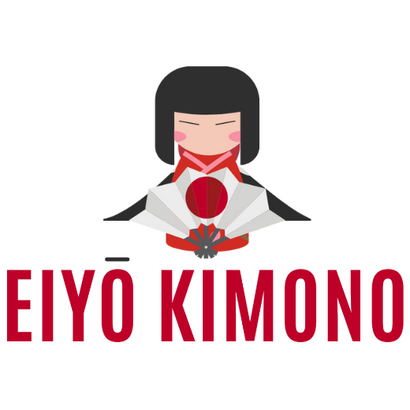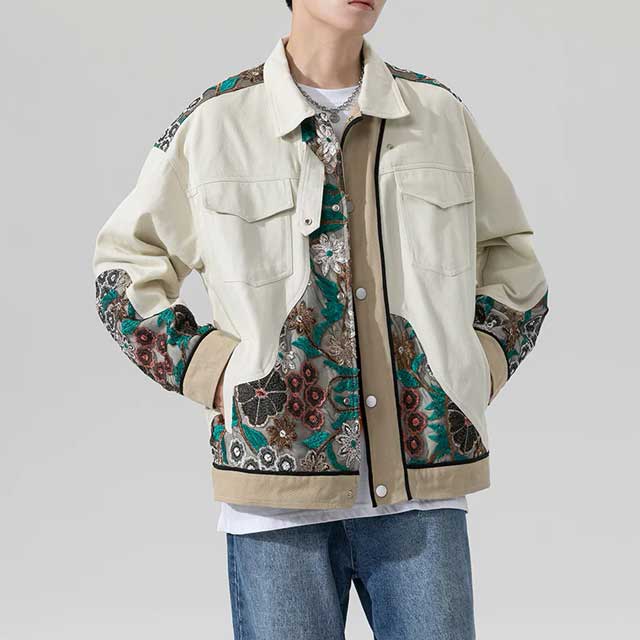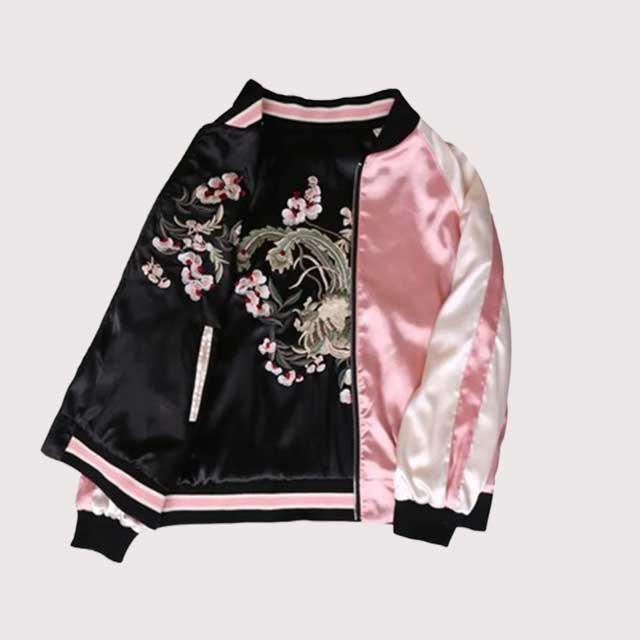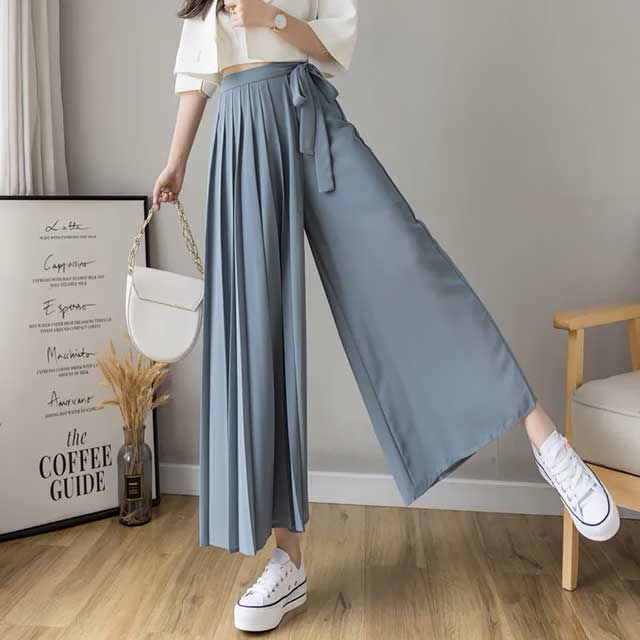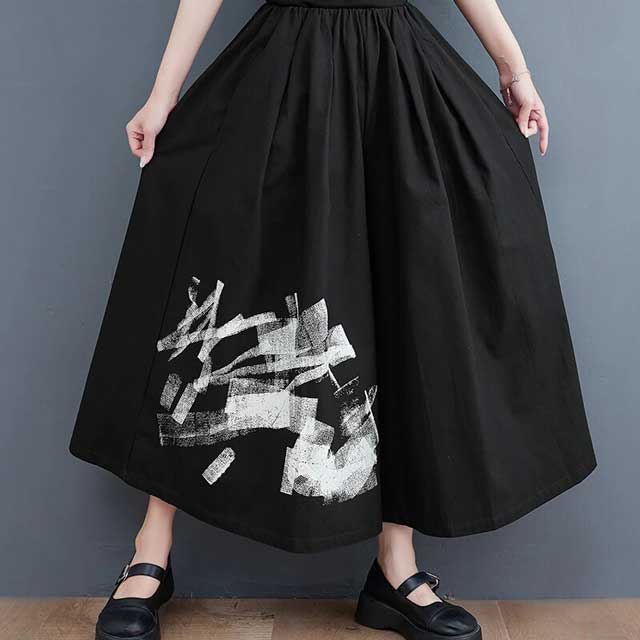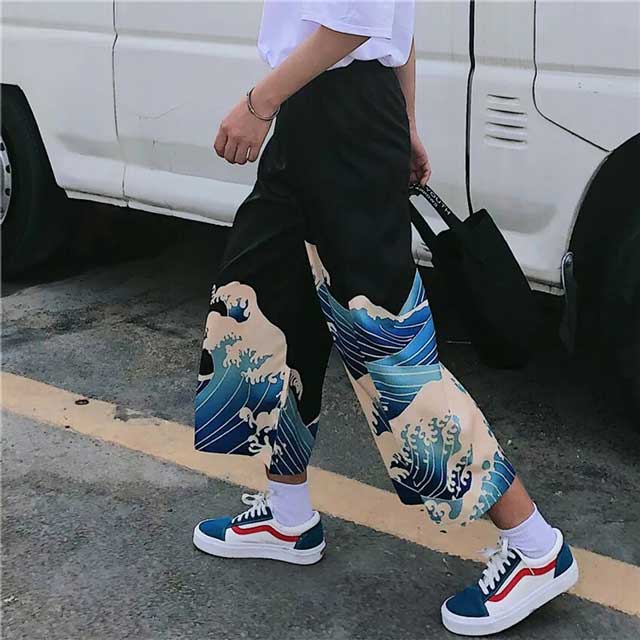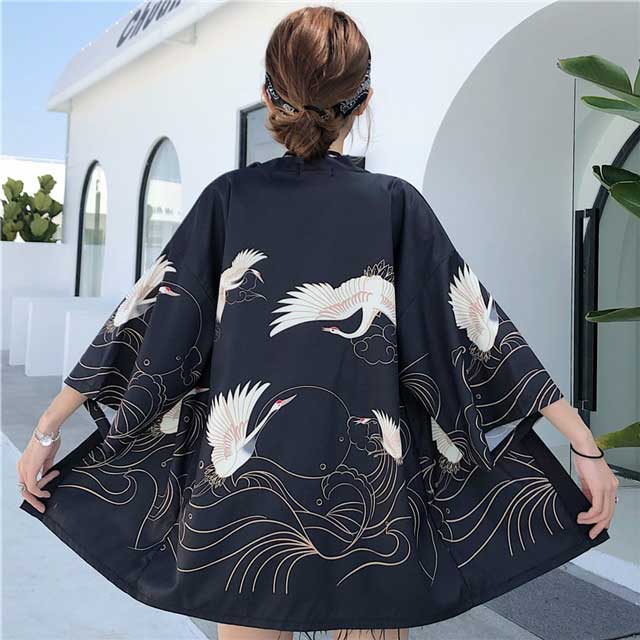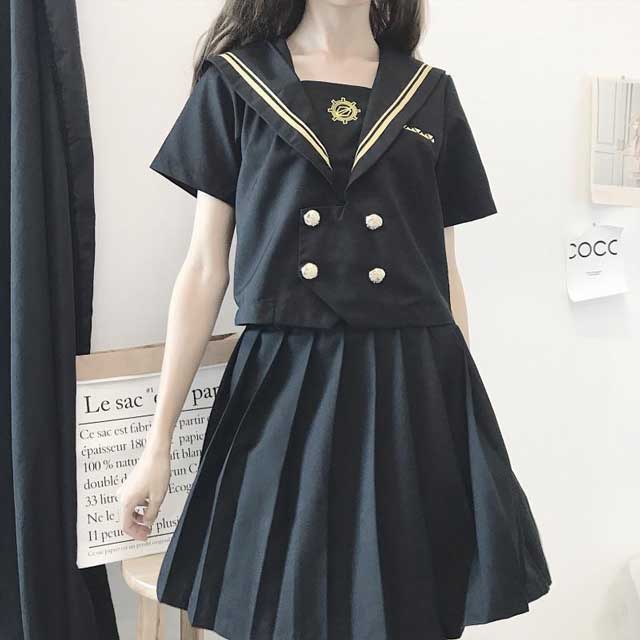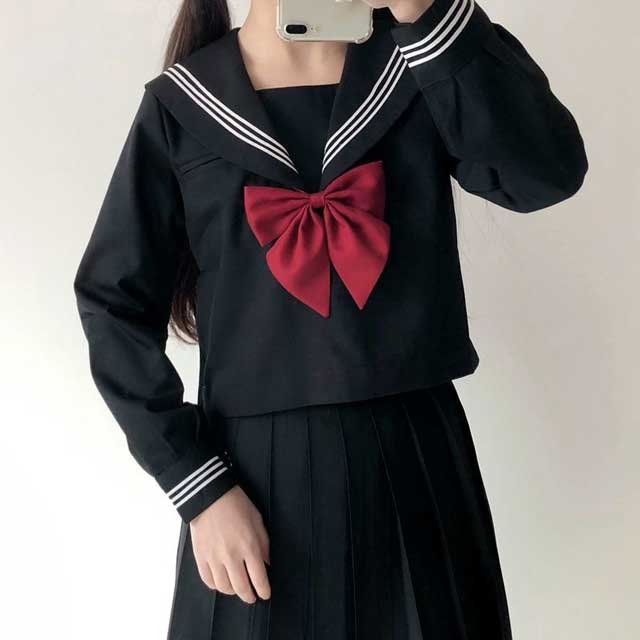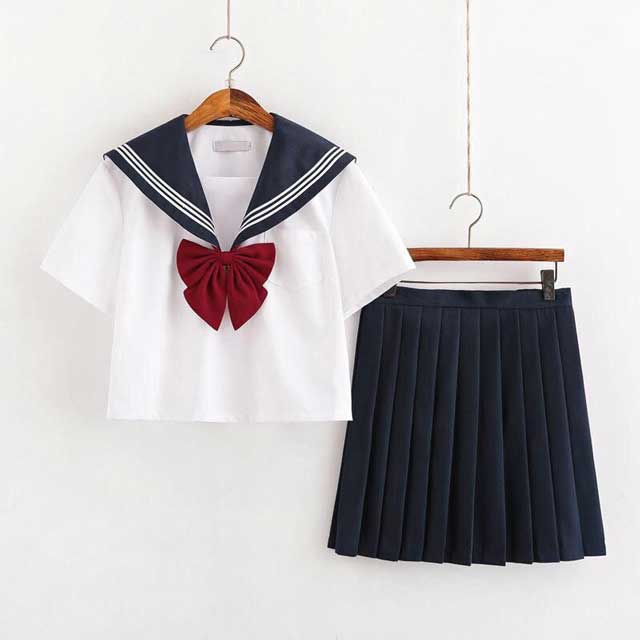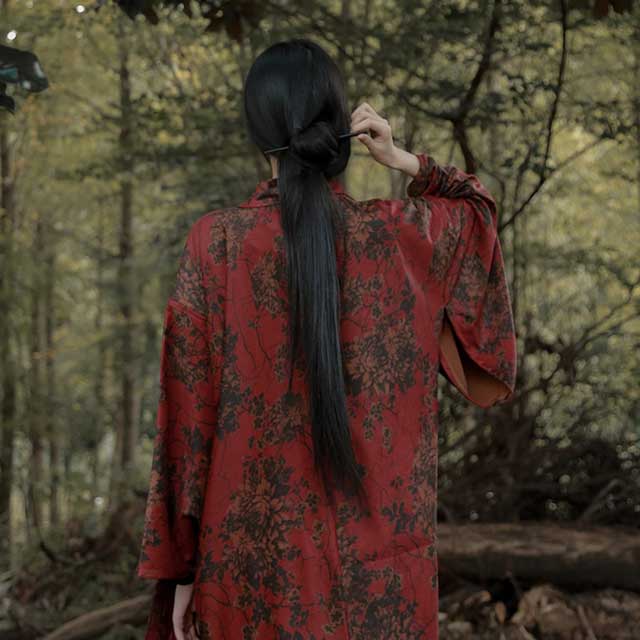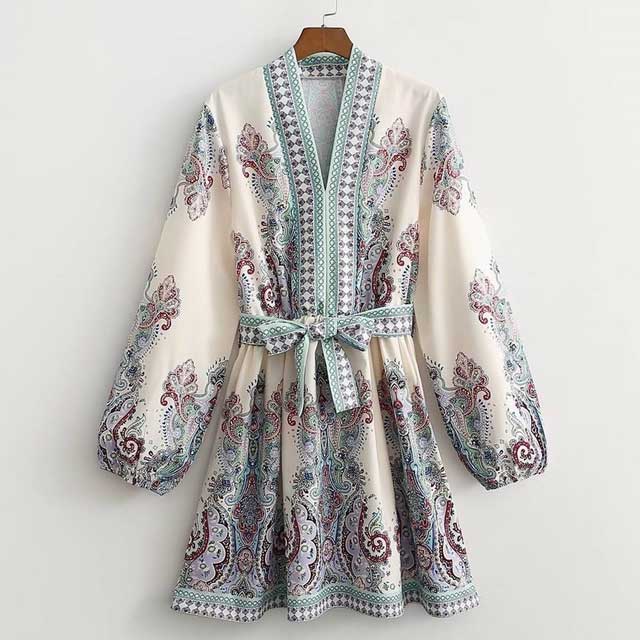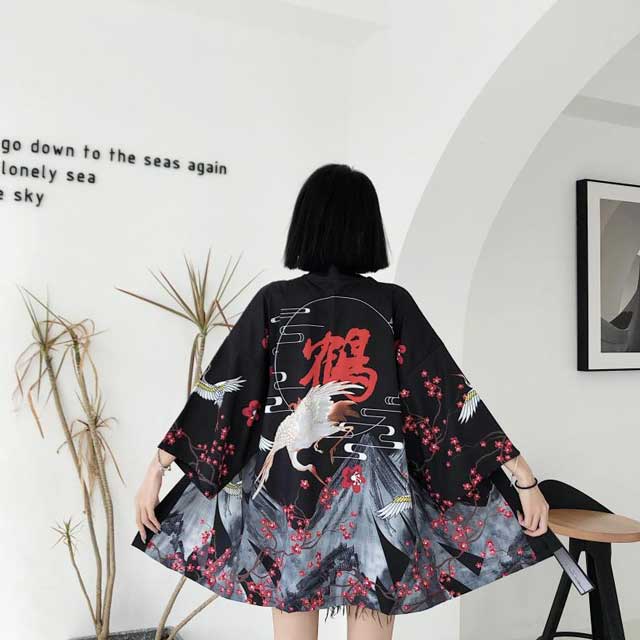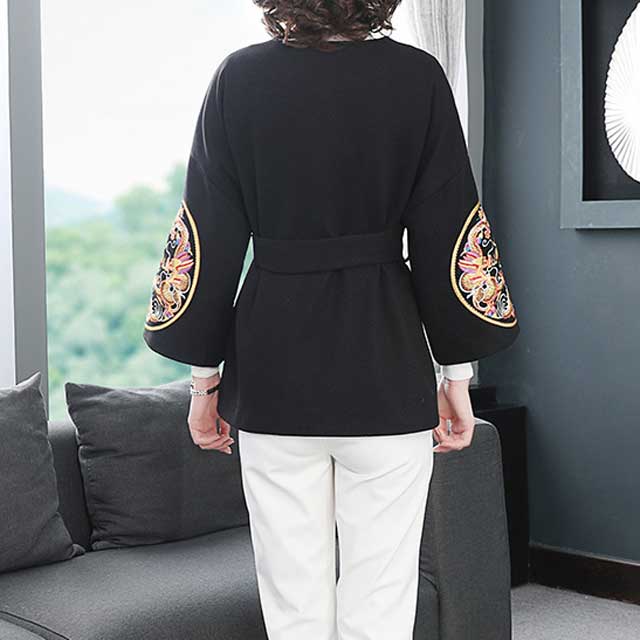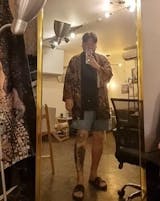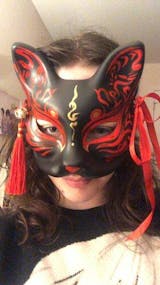Like all culturally enriched nations, the Japanese have their traditional garments. The most prominent of these is the kimono, a robe worn by men and women, and sometimes children. The word kimono generally means "something to wear," It describes the robe-styled dress that the Japanese wear during their important events.
The kimono is a charming garment that looks powerful and graceful due to its bold structure. It is also easy to carry, so the kimono will stay in place even as you move around. The kimono dress is quite versatile, and its design and composition can be varied according to the wearer. The dress itself symbolizes good fortune, and it is worn as a representation of respect and integrity to Japan's history and culture.
In ancient times, the fabric and the quality of one's kimono would determine their class and wealth status. Kimonos are full-sleeved and usually worn with an embroidered belt called 'obi' that is fastened at the waist. These dresses are floor-length, and they can be crafted with decorative fabrics, such as silk. Kimonos are accessorized with various ornaments that support both the belt and the kimono fabric, preventing it from getting wrinkled. Women also decorate their hair with luxurious hair combs when they wear the kimono. However, the original kimono can be troublesome to wear as it is time-consuming, and it can be challenging to wear the entire garment in hot weather. A whole kimono piece in formal designing can also be quite expensive.
What is the Story Behind the Kimono?
Today, the traditional dress of the kimono is entirely altered, and it is made more sustainable and comfortable. The fabric is also often switched from silk to something more wearable, like cotton or linen. These newer kimonos also consist of lesser layers so the wearer can be more comfortable moving around in the hot weather. The period during which the kimono came into existence is still not confirmed. However, most historians agree over the Heian period in Japanese history, which occurred between 794 to 1192. The first kimono was a simple, uncomplicated, and convenient garment made by sewing large pieces of two cloths together. This garment was relatively easy to wear, and it could be tightened or loosened according to the wearer's size. Over time, the kimono evolved into a unisex robe worn on all occasions, casual or formal. The newer versions of the kimono formed during the Heian period were quite favorable among the Japanese. These kimonos had lesser layers underneath them, and they were easy to wear in hotter weather.
Moreover, the kimono could be stitched from fabrics that were breathable and comfortable, such as cotton. As the Japanese progressed technologically, they began to pay attention to the color and design of their kimonos. They also developed an eye for color and embroidery, which helped them create fantastic kimonos for special events. During this time, color was meant to indicate the political or class status of the wearer, or it could represent the current season.
What Makes the Kimono Important in Japanese Culture?
The word 'kimono' was first used to describe any piece of clothing that the Japanese wore. Around 1338, the Kamakura period came around, and Japanese men and women started wearing kimonos in vivid colors. Soldiers on the battlefield also wore similar colors, which signifies the widespread use of the kimono. These traditions took a turn in the period between 1870 to 1910. That of the West suddenly influenced the Japanese culture, and government workers and officials were obligated to dress in Western suits. These included pants, shirts, jackets, and coats. However, the rest of the citizens were supposed to wear their regular kimonos with their family crest decorated. These days, the kimono is rarely worn in Japan except on important occasions such as ceremonies, festivals, and government events. Most of the population goes about their day-to-day life in comfortable Western attire. Sweatpants, t-shirts, denim, skirts, and light jackets are everyday garments sold and worn all over Japan. However, the kimono remains as culturally significant as it was since its initial creation. The fashion development in Japan can be carefully observed when one looks at how Japan's most traditional dress has changed over the years. However, you may not see the kimono that often on Japan's streets; it is still an integral part of the nation's culture.
Who Wears the Kimono?
The kimono is a fundamental piece of Japan's culture, and it is unlikely to deteriorate in its respect and significance. During the Meiji period in the late nineteenth century, Westernization was at its peak, and most government workers were rarely seen in Japan's traditional dress. At this point, women and other citizens were encouraged to wear the kimono regularly to protect Japan's ancient traditions and culture. Today, the kimono is worn by men, women, and children of Japan to represent the recognized and acclaimed traditional garment. Men's kimonos in Japan are also referred to as 'Samurai.' However, men are seldom seen wearing the samurai, which tourists are often disappointed with. Despite this, you can witness Japanese men in traditional kimonos if you visit locations such as the theatres of Japan. Most of the plays that are performed are usually clad in full costumes consisting of conventional samurai. Women are seen wearing the kimono more often than men in Japan today. You can witness this when you visit Japanese theatres, as most of the women in the audience are also seen wearing kimonos in various designs and colors. Japanese women wear kimonos at important events in their lives. Young women attend their graduation ceremonies in blue kimonos, and some choose to wear them at their weddings. Kimonos worn at weddings and festivals are often extravagant and luxurious, with embroidered hems and belts to decorate the kimono.
How to Properly Wear and Accessorize a Kimono
As the kimono is still quite popular in Japan, you might find yourself trying to wear one on a visit to the country. Putting on a kimono can be time-consuming and troublesome, as the process is quite complicated. However, with enough practice, you will be able to style your favorite kimono robes without much help. It might be surprising to know that women tend to wear the kimono more often than men in Japan. The kimono is a garment that is special to Japan and must be treated that way. Buying an entire kimono and accessories can become quite a costly feat, which is why it is easier to rent one. When in Japan, you will notice both the natives and tourists renting kimonos to wear on special occasions. The best thing about shopping for kimonos is there are countless options when choosing a kimono. Whether you are a minimalist or prefer bold designs, you will find something that you thoroughly enjoy. Even if you end up purchasing a kimono for yourself, chances are, you will not be able to put it on properly once you bring it back home. Some numerous undergarments and layers go into wearing a kimono. Some of these are essential, while others are not. Over your regular underwear, you should wear a Hadajuban and Susoyoke. The Hadajuban is worn on the torso while the Susoyoke goes over your legs and hips. For women, you should look for flattening undergarments, such as a sports bra, as they are not uplifting and will flatten the chest of your kimono. In addition to these, any kimono wearer should also have a Nagajuban, a light robe worn underneath the kimono.
The collar is kept straight with the help of an Erishin, which is a plastic strip. The Koshi-him are sashes made from silk or cotton to fasten the kimono and the garments underneath it. You might need three of these also to secure the collar of the kimono at the end. After this is the date-time, which is a broader sash than the Koshi-him, and it is responsible for tying your Nagajuban to your body in a secure way. The strap also fastens the kimono, and you wear it before putting on your obi, which is the final belt. After this, you wear the kimono itself and tie on your obi. The erishin is considered an essential accessory when wearing the kimono, as it keeps the collar of the kimono neat and helps achieve the traditional Japanese aesthetic. Besides this, an obi clip is a charming little accessory made for those not used to wearing a kimono. The obi clip is used to tie the obi belt to the wearer's waist and fasten the collars at the back of the neck. The pins can be designed and decorated in various ways, usually in bright colors that appeal to the eye.
Today's Fashion in Japan
Traditional kimonos of Japan greatly influence Western culture even today because of their unique design and history. Although they are typically considered traditional garments, the kimono can also be incorporated into modern outfits and look just as elegant. Japanese streetwear and casual outfits often include an altered version of the kimono. These contemporary styles are the short kimono cardigan, the kimono dress, the kimono robe, and the kimono dressing gown.
Fashionable Kimono Cardigans
The kimono cardigan or jacket called haori is worn over everyday clothing as stylish outerwear, and the front of the kimono is left open. The cardigan is usually crafted from silk or linen, and thin fabrics are chosen to highlight the length and texture of the kimono. Kimono cardigans are popular among women in Japan and other parts of the world. These jackets are colored vividly and have bold patterns such as flowers or abstract art. The kimono cardigans are fun for young people to express themselves and add a splash of color to their otherwise dull outfits.
Kimono Dresses for the Summer
If you are not a fan of casual looks and prefer something fancier, a kimono dress is the best option. Like kimono cardigans, kimono dresses are long-sleeved and open from the front, showcasing your curves and legs. The length of your kimono dress can vary, as the customization is entirely up to you. You can choose a kimono dress that reaches the middle of your thigh if you wear jeans or a long skirt. Otherwise, you could go for a brightly colored one that comes to your ankles if you want to draw attention to your legs. Either way, the kimono dresses are perfect for formal or significant events such as dates, meetings, festivals, and ceremonies.
Pretty Kimono Robes
Kimono robes are unique versions of the traditional dress of Japan, as they carry the same grace but are designed in a more modern manner. Unlike dresses and cardigans, the kimono robes are tied with a sash or stylish drawstrings in the front of the waist. This feature highlights the curves and physique of the wearer and makes them look more flattering. The robes can be purchased in endless patterns and designs ranging from basic pastels to bold red or orange tones with patterns. The kimono robes are floor-length but still easy to carry as they are lightweight and uplift your outfit with ease. If you are looking for something more formal, get your hands on a kimono robe in silk, preferably silver or gold. You can pair this with your favorite pair of types of denim and heels and be ready for an exciting night.
Elegant Kimono Dressing Gowns
Kimono dressing gowns are an inexpensive way to elevate your sleeping routine. The gowns are crafted from the finest silk to give you the best nighttime sleep. They are comfortable while also making your sleeping experience much more enjoyable. Get yourself ready for bed with a kimono dressing gown in a color of your choice, and pair it with your comfiest pajama bottoms or shorts. In the winter, you can wear more layers under your dressing gown to keep yourself warm. Apart from sleeping, the kimono dressing gown can also be worn around the house on lazy weekends.
The Difference Between a Traditional Kimono and a Yukata
Once you purchase a kimono for yourself, you are likely to wear it all year round with different articles of your clothing. The kimono is a versatile and fascinating dress that is native to Japan, and it can be entertaining to play around with other pairs of jeans and tops to go along with it. However, a proper kimono can sometimes be challenging to put on and move around, especially in hot weather. The yukata is a casual, traditional Japanese dress usually worn in the summer instead of the kimono. It is crafted from lighter fabric and has lesser layers as compared to the kimono. The yukata is also meant for casual events, while the kimono is intended for proper use. The kimono can sometimes have particularly long sleeves that may vary with the wearer's age and the nature of the event. In a yukata, the sleeves barely reach past the elbow, making them far more comfortable for everyday use. The fabric for a kimono is usually far more costly than for that a yukata. This is because the kimono is worn on special events that require more formal dressing. Although both garments look somewhat similar in their design, it is essential to know their differences as they both serve different purposes. Apart from this, the kimono is almost always worn in the winter as it has layers and undergarments that would only be comfortable in colder weather. However, the yukata is specifically designed for summer, and most Japanese wear it as casual summer attire even today.
Japanese Patterns Found on Kimonos
The kimono is a celebrated garment found in all eras of Japan's history. The styles and patterns have changed drastically over time. Kimonos can also be customized and tailored according to your design needs, and you can decorate them however you want. The koi fish pattern is one of the common ways Japanese men and women adorn their kimonos. Koi fish symbolize determination and success, and they are a reclaimed symbol in both Japan and China. If you are thinking to incorporate the koi fish in your kimono, you can get them embroidered on the hem and sleeves. Cherry blossoms are the national flowers of Japan, and they are integral to the Japanese aesthetic. These small, white and pink flowers symbolize rebirth and positivity. Traditional kimonos in Japan often display the cherry blossom pattern as an all-over print. The blossoms look particularly charming on darker-colored fabric, and they are popular with both men and women. The Japanese crane is a mythical bird that is prevalent in both Japanese and Chinese culture. The crane is also referred to as the bird of happiness, and it is a well-loved pattern to get printed on your kimono all over Japan. The bird also represents good fortune, and it is known to bring the wearer good luck and wellness. The Japanese crane looks best on top of silk kimonos that have a shiny fabric.
What Are Geisha?
In Japanese culture, Geisha are female entertainers that are experienced in traditional Japanese art and performance. Geisha are known and recognized worldwide because of their white makeup, extravagant outfits and hairstyles, and unique dances. Geisha is a combination of 'Gei' meaning 'art' and 'sha' meaning 'person'. Geisha performances can be viewed and appreciated all over the country in theatres and galleries. The Geisha performances and culture were initially been adopted by both men and women. However, the profession is mainly dominated by women today. Geisha women are typically experts in singing, dancing, literature, and poetry. Their performances include traditional Japanese dances involving skilled choreography and the use of hand-fans. Geisha are also adept at playing traditional Japanese instruments, and these feats do wonders for the entertainment and enjoyment of their audience. In addition to art and music, Geisha women are also experienced in conversation skills, and they have incredible knowledge in many subjects. The Geisha performers are respected and loved throughout Japan, and most customers pay vast sums of money to be serenaded and entertained by them. This is because Geisha are symbols of elegance, refinement, and beauty. Geishas preserve the Japanese culture, and being a part of their audience is a great way to learn about ancient Japanese traditions and art pieces. To become a Geisha, young women have to start training at the age of 14 or 15. These young Geishas have to pass several exams before properly learning how to behave, dance, and act like a Geisha.
The makeup of a Geisha is quite challenging to master, as it follows old beauty standards and it can be time-consuming to apply. The skin of the Geisha is made pale by a white powder known as 'oshiroi'. The eyes and lips are colored red, the lips usually a shade darker. Geishas, and their younger counterparts, known as 'maiko', can generally be told apart by the differences in their hairstyles and makeup. A maiko will color her eyes red and only wear lipstick on her lower lip which signifies her innocence. When the maiko is mature and becomes a Geisha, she will apply her makeup like her seniors. Geishas are potent symbols of Japanese feminity, and they are usually dressed in traditional kimonos. The color scheme for their outfits is kept bold and striking. This includes tones of red, magenta, purple, and orange. However, Geisha's props in their performances, such as their hand fans, are usually kept lighter in color. The iconic Geisha hairstyles are complex works of art that take hours to set up. Younger Geisha, the maiko, are supposed to use their hair in styling themselves for their performances, while the older Geisha are allowed to wear wigs. These hairstyles also take several weeks' worth of preparation, where the Geisha have to follow a specific washing routine and sleep on special pillows to maintain their hairstyles.

